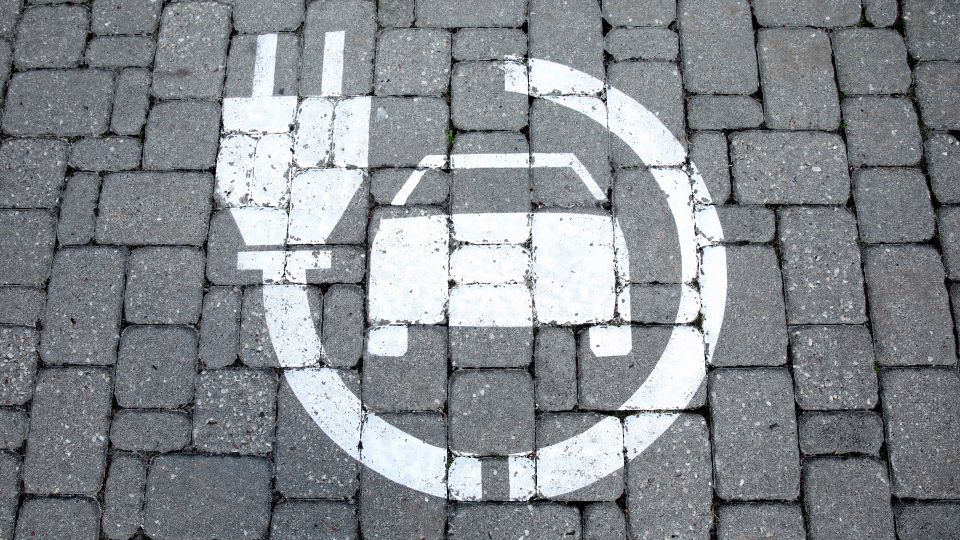In 2021, in hydroelectric, wind, and solar power plants together 2 856 GWh of electricity were produced, which is 2.5 % (71 GWh) more than in 2020. The amount of electricity produced in solar power plants went up by 40 % (2 GWh) and that produced in hydroelectric power plants by 4 % (105 GWh), while the amount produced in wind power plants fell by 20.3 % (36 GWh).
Fuelwood (firewood, wood waste, wood chips, wood briquettes, pelleted wood) and hydro resources in Latvia are used the most commonly. As consumption of local energy resources is growing, Latvian energy dependence fell from 52 % in 2015 to 39 % in 2021. Moreover, over the recent years the structure of gross energy consumption has changed – as the share of natural gas is declining and the proportion of renewables is growing.
As the gross consumption of renewables is increasing, Latvia is getting closer to the strategic objective regarding use of renewable energy resources aiming at reaching 44.3 % of the energy produced from renewables in the gross final energy consumption by 2025. Latvia has the third highest share of renewables in the final energy consumption in the European Union (EU); in 2020, the indicator constituted 42.13 % (EU average 22.09 %). Latvia has a target that by 2030 the share of renewables consumed in transport sector will account for 14 %. In 2020 the Latvian share of renewables in transport constituted 6.73 % and the EU average 10.22 %.
In 2021 final energy consumption constituted 174.6 PJ, which is 5.5 % more than in 2020. No notable changes were recorded in the final energy consumption over the past ten years. Last year households, which consumed 50.4 PJ of energy (28.8 % of final consumption), were the largest energy consumers, followed by transport sector with 49.6 PJ or 28.4 % and industry with 41.2 PJ or 23.6 %. Compared to 2020, last year rise in the final consumption of energy resources was recorded in manufacture of chemicals and chemical products (of 20.1 %), while decline was registered in agriculture and forestry (of 6.5 %).
Over a five-year period, consumption of energy in industry has gone up by 5.3 PJ or 14.8 % and compared to 2020 it has risen by 1.6 PJ or 4 % constituting 41.2 PJ in 2021. In 2021 the highest consumption of energy resources was recorded in manufacture of wood and of products of wood and cork – 22.2 PJ or 54 % of the energy consumption in industry.
























